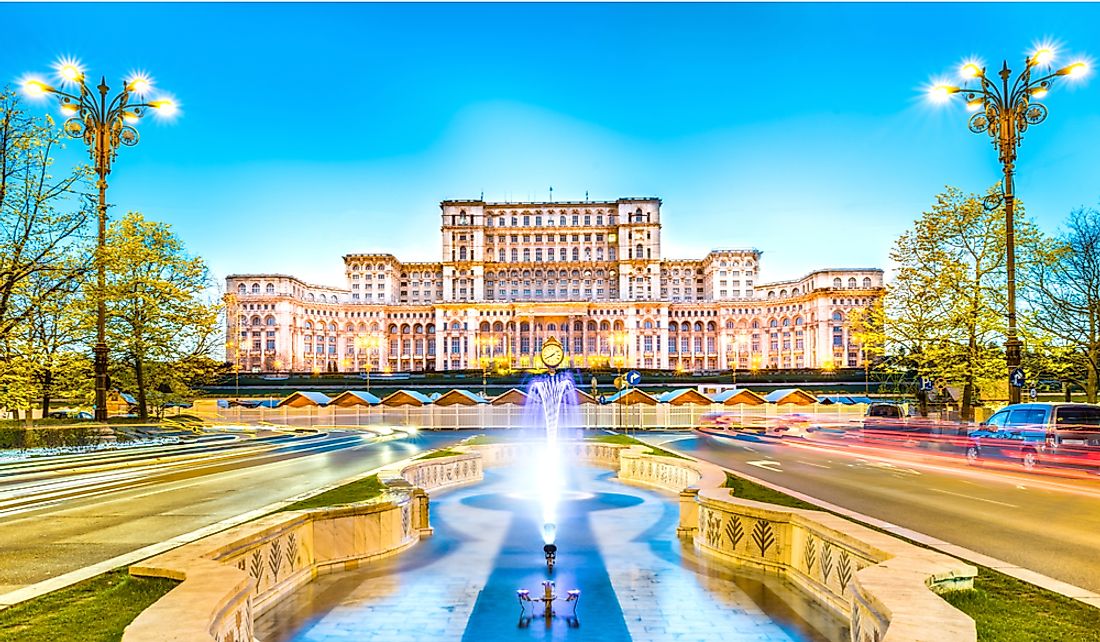Was Romania Part of the USSR?

Before its collapse in 1991 resulting in the creation of 15 independent states, the Soviet Union was the largest country in the world. Romania was never part of the USSR. However, a part of Romania known as Bessarabia on the eastern side was not only invaded but also occupied by the Soviet Union in 1940 and also from 1945 to 1989. The region was annexed to another autonomous region from Ukraine to form a country known as Moldova. The leader of Romania named Nicolae Ceausescu was always careful not to align the country with the Soviet Union. He ensured his country retained excentric economic and political independence.
Effects of the Second World War on Romania
During the World War II, Romania positioned itself with Nazi Germany when the war on the Eastern Front began. The Romanian soldiers fought together with the Germans in an attempt to oust the Red Army but their effort never succeeded. The outcome of the war was a severe loss for Romania which greatly paralyzed the nation. Upon the end of the war, Romania had no choice but to accept a compelled armistice understanding that took place at the time of Yalta Conference. The understanding bestowed the Red Army uncontrolled occupation and military presence in Romania signifying that the Soviet sphere had taken over. The Soviet forces continued to increase and their dominance created a path for pro-soviet members into the Romanian government offices and parties. The availability of ready support thus allowed the USSR to create a government of the pro-soviet origin. However, the Soviets forces later moved out allowing Romania to back away from their influence thus establishing their own form of governance.
Restructuring of the Romanian Army
The brief Soviet possession of Romania triggered a total restructure of the Romanian army. The reorganization constituted adoption of Soviet military and political doctrines. The number of Romanian Army increased significantly beyond the Paris peace agreement which had reduced it to a total of 138,000 soldiers. In 1953, the ordinary army forces had increased to an estimate of 300,000 soldiers while interior forces were approximated to rise beyond 325,000 officers. At the beginning of the restructuring process, all Pro-German soldiers were expelled from the forces. In the year between 1944 and 1945, two divisions were formed comprising of Romanian volunteers and the communist activists. The two divisions were expected to form the core of the established Romanian army led by the Soviet. Later the communist party exercised its sovereign power by expelling an estimate of 30% of military officers believed to be potentially capable of being against the Soviet. However, Romanian army got under full control of the Soviet upon establishment of Emil Bodnaras as the defense minister. Soviet officers were chosen to watch over the total reorganization but still held positions as leaders and observers in prime state institutions. In the years between 1949 and 1952, reorganization of the army was completed and only a few officers and military trainees went to the Soviet Union to complete training.
The SovRoms
The SovRoms was a joint partnership between the Soviet Union and Romania aimed at establishing economic enterprises. The partnership was established in Romania at the end of World War II, lasting from 1954 to 1956. The aim of the venture was to supply resources to the Soviet. However, the Soviet also contributed towards the partnership through resale of German equipment to Romania but at overvalued cost. SovRoms venture did not last long since it was designed to drain resources from Romania in favor of the Soviet side.







